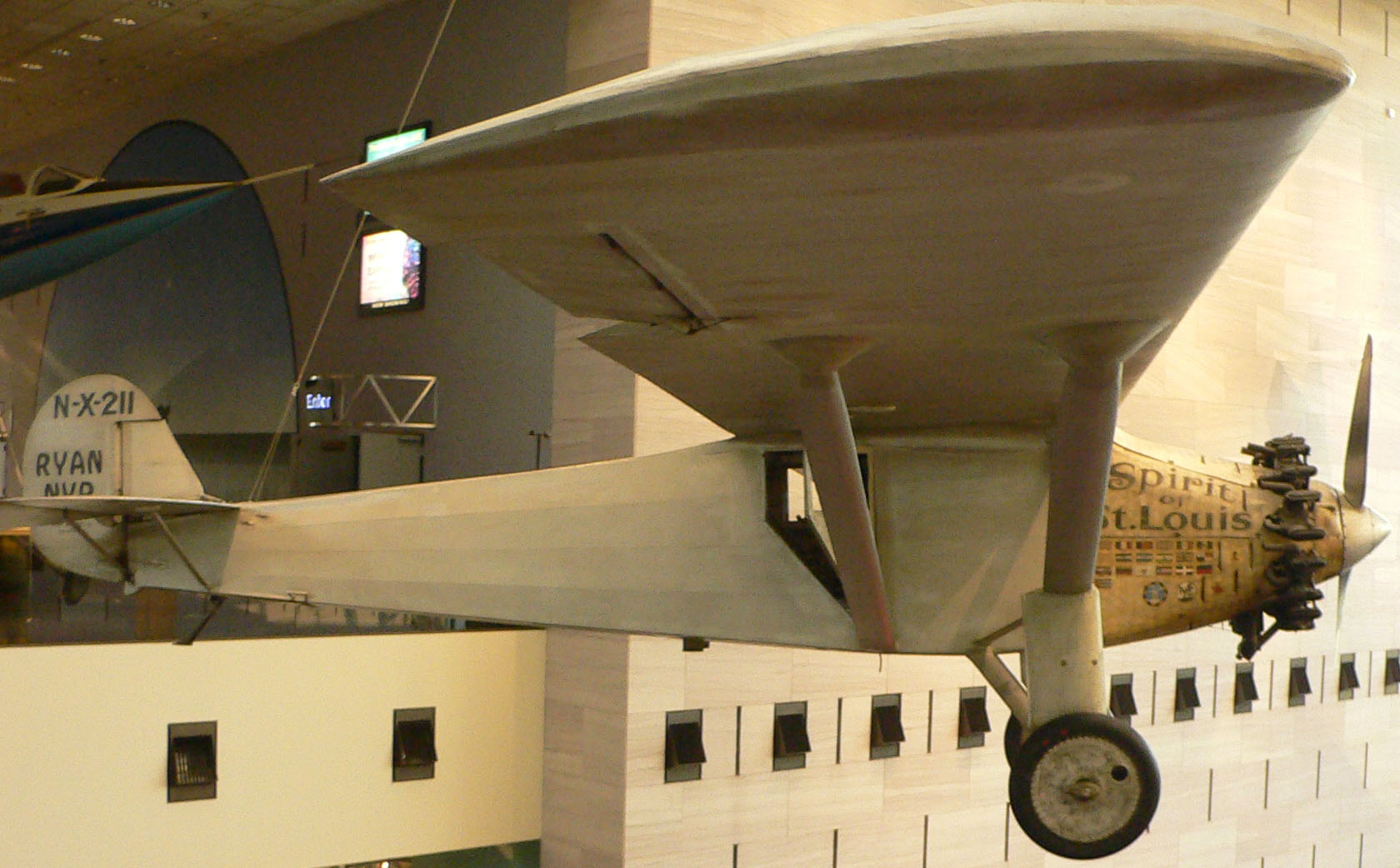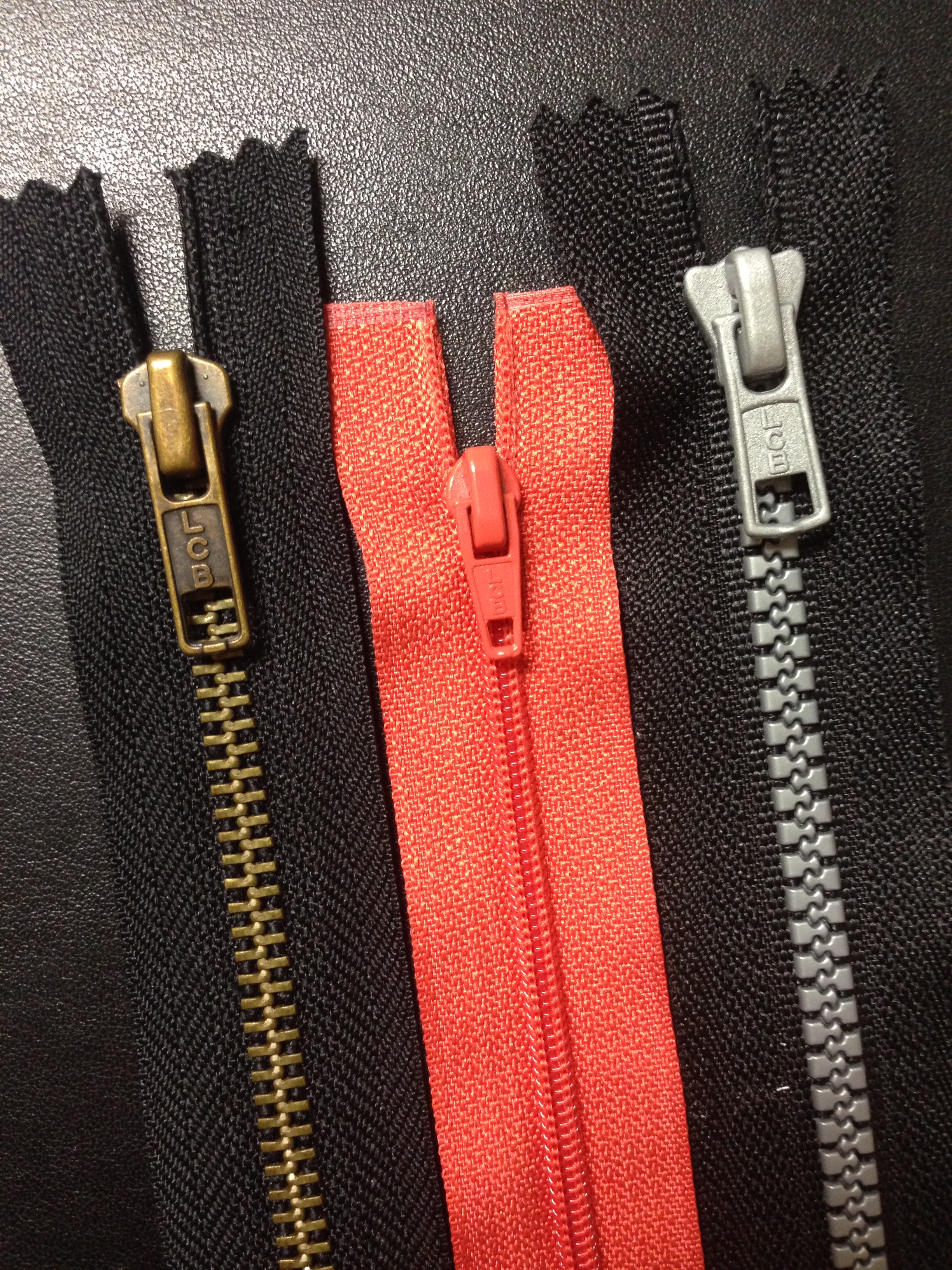|
Krechet
The Krechet-94 (Russian Кречет, meaning ''gyrfalcon'') is a space suit model developed for lunar excursion during the Soviet crewed lunar program. It was designed by NPP Zvezda. Development began in 1967, concurrently with the Orlan suit for microgravity spacewalks. The developmental model was known simply as Krechet. Design features Weighing 90 kg (198 lb), the suit could operate for 10 hours before requiring a resupply of consumables, and had a total operating lifetime of 48 hours. The Krechet was the first semi-rigid space suit ever developed, with an aluminum alloy hard upper torso and soft fabric limbs. This design was later adopted by the American EMU and later Russian suits. The Krechet included waist and hip joints which were not present in the Orlan. The shoulders and wrists of the suit included ball-bearing joints, which allowed for almost 360 degree rotation. The Krechet was a rear-entry suit, meaning that cosmonauts would enter the suit thro ... [...More Info...] [...Related Items...] OR: [Wikipedia] [Google] [Baidu] |
Memorial Museum Of Cosmonautics
The Memorial Museum of Cosmonautics (), also known as the Memorial Museum of Astronautics or Memorial Museum of Space Exploration, is a museum in Moscow, Russia, dedicated to space exploration. It is located within the base of the Monument to the Conquerors of Space in the north-east of the city. The museum contains a wide variety of Soviet and Russian space-related exhibits and models which explore the history of flight; astronomy; space exploration; space technology; and space in the arts. According to the Russian tourist board, the museum's collection holds approximately 85,000 different items and receives approximately 300,000 visitors yearly. History The museum primarily focuses on the Soviet space program with major themes like the first person in space Yuri Gagarin, the rocket engineer Sergei Korolev, the satellite Sputnik and the spacecraft Soyuz programme, Soyuz. Renovation On Cosmonautics Day, 2009, the museum was reopened after three years of reconstruction. It ... [...More Info...] [...Related Items...] OR: [Wikipedia] [Google] [Baidu] |
Space Suit
A space suit (or spacesuit) is an environmental suit used for protection from the harsh environment of outer space, mainly from its vacuum as a highly specialized pressure suit, but also its temperature extremes, as well as radiation and micrometeoroids. Basic space suits are worn as a safety precaution inside spacecrafts in case of loss of cabin pressure. For extravehicular activity (EVA) more complex space suits are worn, featuring a portable life support system. Pressure suits are in general needed at low pressure environments above the Armstrong limit, at around above Earth. Space suits augment pressure suits with complex system of equipment and environmental systems designed to keep the wearer comfortable, and to minimize the effort required to bend the limbs, resisting a soft pressure garment's natural tendency to stiffen against the vacuum. A self-contained oxygen supply and environmental control system is frequently employed to allow complete freedom of movement ... [...More Info...] [...Related Items...] OR: [Wikipedia] [Google] [Baidu] |
Soviet Moonshot
The Soviet crewed lunar programs were a series of programs pursued by the Soviet Union to land humans on the Moon, in competition with the United States Apollo program. The Soviet government publicly denied participating in such a competition, but secretly pursued two programs in the 1960s: crewed lunar flyby missions using Soyuz 7K-L1 (Zond) spacecraft launched with the Proton-K rocket, and a crewed lunar landing using Soyuz 7K-LOK and LK spacecraft launched with the N1 rocket. Following the dual American successes of the first crewed lunar orbit on 24–25 December 1968 (Apollo 8) and the first Moon landing on July 20, 1969 (Apollo 11), and a series of catastrophic N1 failures, both Soviet programs were eventually brought to an end. The Proton-based Zond program was canceled in 1970, and the N1-L3 program was '' de facto'' terminated in 1974 and officially canceled in 1976. Details of both Soviet programs were kept secret until 1990 when the government allowed them to ... [...More Info...] [...Related Items...] OR: [Wikipedia] [Google] [Baidu] |
Orlan Space Suits
270px, Cosmonaut Maksim Surayev next to two Orlan-MK models on the International Space Station image:Sharipov one.jpg, 270px, Cosmonaut Salizhan Sharipov, next to the Orlan-M spacesuit The Orlan space suit () is a series of semi-rigid one-piece space suit models designed and built by NPP Zvezda. They have been used for spacewalks (EVAs) in the Russian space program, the successor to the Soviet space program, and by space programs of other countries, including NASA. History The first spacewalk using an Orlan suit took place on December 20, 1977, on the Soviet space station Salyut 6, during the Soyuz 26 mission. Yuri Romanenko and Georgi Grechko tested the Orlan-D space suit. The Orlan-DM was used for the first time on August 2, 1985, by the cosmonauts Vladimir Dzhanibekov and Viktor Savinykh of Salyut 7. The Orlan space suits were used for spacewalks on the Salyut stations, but for Mir they were replaced by the Orlan-DMA and Orlan-M suits: The Orlan-DMA was used for the first ... [...More Info...] [...Related Items...] OR: [Wikipedia] [Google] [Baidu] |
Russia
Russia, or the Russian Federation, is a country spanning Eastern Europe and North Asia. It is the list of countries and dependencies by area, largest country in the world, and extends across Time in Russia, eleven time zones, sharing Borders of Russia, land borders with fourteen countries. Russia is the List of European countries by population, most populous country in Europe and the List of countries and dependencies by population, ninth-most populous country in the world. It is a Urbanization by sovereign state, highly urbanised country, with sixteen of its urban areas having more than 1 million inhabitants. Moscow, the List of metropolitan areas in Europe, most populous metropolitan area in Europe, is the capital and List of cities and towns in Russia by population, largest city of Russia, while Saint Petersburg is its second-largest city and Society and culture in Saint Petersburg, cultural centre. Human settlement on the territory of modern Russia dates back to the ... [...More Info...] [...Related Items...] OR: [Wikipedia] [Google] [Baidu] |
National Air And Space Museum
The National Air and Space Museum (NASM) of the Smithsonian Institution is a museum in Washington, D.C., in the United States, dedicated to history of aviation, human flight and space exploration. Established in 1946 as the National Air Museum, its main building opened on the National Mall near L'Enfant Plaza in 1976. In 2023, the museum welcomed 3.1 million visitors, making it the list of most-visited museums in the United States, fourth-most visited museum in the United States and List of most-visited museums, eleventh-most in the world. The museum is a center for research into the history and science of aviation and spaceflight, as well as planetary science and terrestrial geology and geophysics. Almost all of its spacecraft and aircraft on display are original primary or backup craft (rather than facsimiles). Its collection includes the Apollo 11 Command module Columbia, Command Module ''Columbia'', the Mercury-Atlas 6, ''Friendship 7'' capsule which was flown by John Glenn, ... [...More Info...] [...Related Items...] OR: [Wikipedia] [Google] [Baidu] |
Moon
The Moon is Earth's only natural satellite. It Orbit of the Moon, orbits around Earth at Lunar distance, an average distance of (; about 30 times Earth diameter, Earth's diameter). The Moon rotation, rotates, with a rotation period (lunar day) that is synchronized to its orbital period (Lunar month#Synodic month, lunar month) of 29.5 Earth days. This is the product of Earth's gravitation having tidal forces, tidally pulled on the Moon until one part of it stopped rotating away from the near side of the Moon, near side, making always the same lunar surface face Earth. Conversley, the gravitational pull of the Moon, on Earth, is the main driver of Earth's tides. In geophysical definition of planet, geophysical terms, the Moon is a planetary-mass object or satellite planet. Its mass is 1.2% that of the Earth, and its diameter is , roughly one-quarter of Earth's (about as wide as the contiguous United States). Within the Solar System, it is the List of Solar System objects by ... [...More Info...] [...Related Items...] OR: [Wikipedia] [Google] [Baidu] |
Hula Hoop
A hula hoop is a toy hoop (rhythmic gymnastics), hoop that is twirled around the waist, limbs or neck. It can also be wheeled along the ground like a wheel with careful execution and practice. They have been used by children and adults since at least 500 BC. The modern hula hoop was inspired by Australian bamboo hoops. Common lore posits the creators of the plastic hoop witnessed Australian children playing with bamboo hoops while driving past in an automobile. The new plastic version was popularized in 1958 by the Wham-O toy company and became a fad. Hula hoops for children generally measure approximately in diameter, while those for adults measure around . Traditional materials for hula hoops include willow, rattan (a flexible and strong vine), grapevines and stiff grasses. Commercial hoops are usually made of plastic tubing. Origins Native American Hoop Dance is a form of storytelling dance incorporating hoops as props. These props are used to create both static and dyna ... [...More Info...] [...Related Items...] OR: [Wikipedia] [Google] [Baidu] |
Zipper
A zipper (N. America), zip, zip fastener (UK), formerly known as a clasp locker, is a commonly used device for binding together two edges of textile, fabric or other flexible material. Used in clothing (e.g. jackets and jeans), luggage and other bags, camping gear (e.g. tents and sleeping bags), and many other items, zippers come in a wide range of sizes, shapes, and colors. In 1892, Whitcomb L. Judson, an American inventor from Chicago, patented the original design from which the modern device evolved. The zipper gets its name from a brand of rubber boots (or galoshes) it was used on in 1923. The galoshes could be fastened with a single zip of the hand, and soon the hookless fasteners came to be called "Zippers". Description A zipper consists of a slider mounted on two rows of metal or plastic teeth that are designed to interlock and thereby join the material to which the rows are attached. The slider, usually operated by hand, contains a Y-shaped channel that, by moving alon ... [...More Info...] [...Related Items...] OR: [Wikipedia] [Google] [Baidu] |





